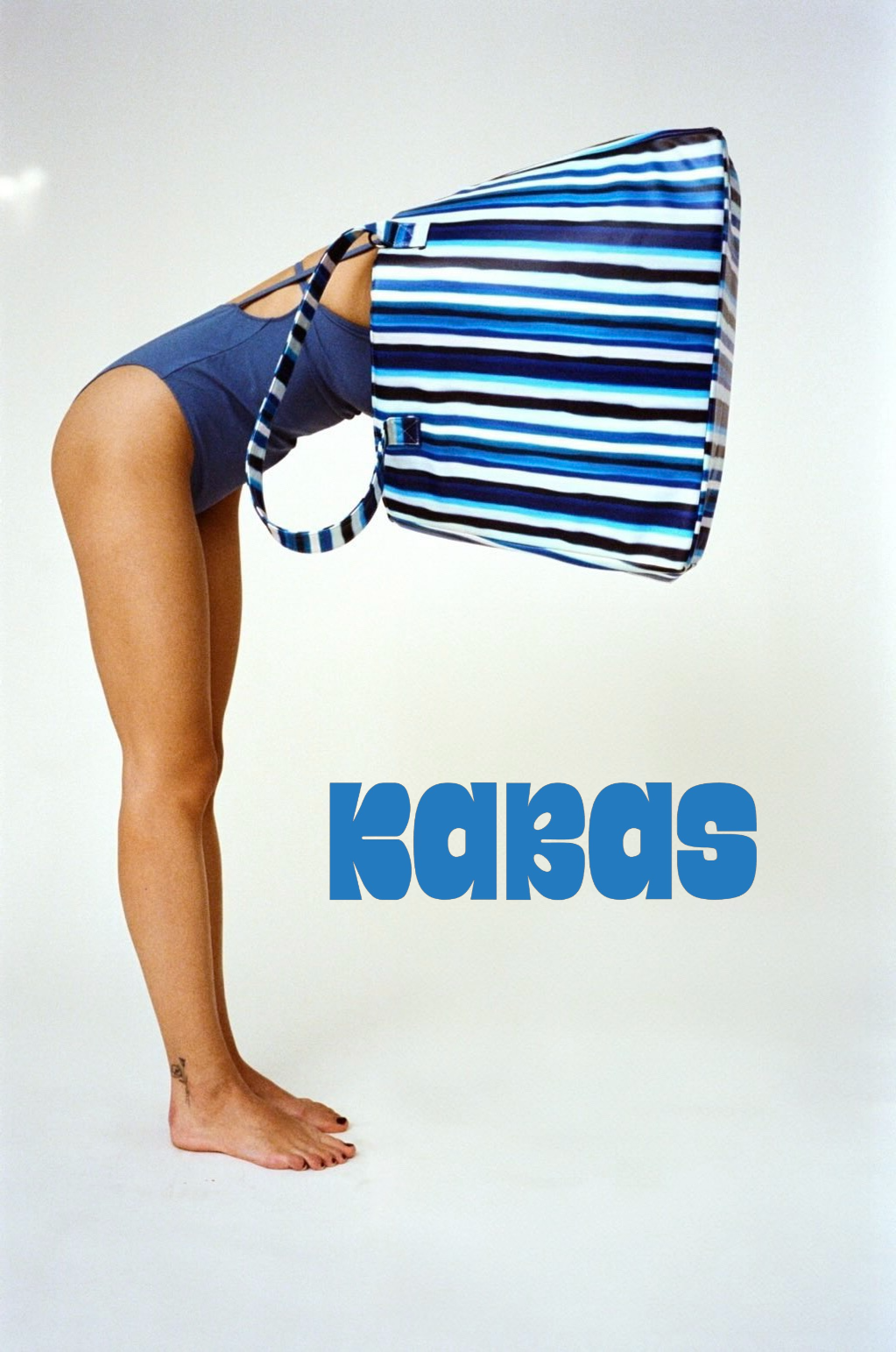The Circular Clothing footprint
Focus on the carbon footprint of the fashion industry
Fashion is also being aware of the social and environmental impact of the clothes and accessories we wear.
110 kilos of raw materials are necessary for the production of one coat, 75 kilos for one viscose dress.
7,500 liters of water are necessary for the production of a pair of jeans, 10,000 liters of water for a coat.
To produce a cotton shirt (about 300 grams), it is necessary to extract 79 times its weight in raw materials.
Our clothes have a wider environmental impact than you might think.
The reasons for changing the way we consume fashion are obvious and essential for the future of our planet. If the fashion industry does not significantly change the way it produces and recycles clothing, its carbon footprint cannot be reduced without a decrease in consumption.
In addition to consuming large amounts of water, the fashion industry draws on many other resources : production of the textile raw material, electricity consumed during shaping, steam consumed during shaping, air transport, transport by truck and finally the use and maintenance of the garment.
The Environment and Energy Management Agency (Ademe) has published a full report in September 2018 on the impact of each item of clothing and footwear. The report measures what it calls “the green backpack” of our clothing and footwear , in other words identifying and quantifying all the materials needed during the life cycle of these products.
The impact of Circular Clothing Paris
In this context of awareness and of desire to promote circular consumption in order to preserve our planet of the overconsumption and the overexploitation, the ethics of the Circular Clothing Paris concept is based on the reduction of textile waste through second-hand consumption. We work to offer you a complete collection of second-hand clothing made up of designer pieces, contemporary brands, and vintage items, unearthed from the best sellers and Parisian thrift stores to promote circular and responsible fashion.

Since what cannot be measured cannot be properly assessed, here is the impact table of liters of water saved through the purchase of second-hand clothing and accessories.
|
Dress |
10,000L |
|
Jumpsuit |
10,000L |
|
Ensemble |
10,000L |
|
Coat |
10,000L |
|
Jacket |
7,000L |
|
Jeans |
7,000L |
|
Trousers |
7,000L |
| Shoes |
4,500L |
|
Shorts |
3,500L |
|
Skirt |
3,500L |
|
Knitwear & Shirt |
3000L |
|
Tops & T-shirts |
2000L |
|
Bag |
2000L |
|
Jewel |
1000L |
|
Belt |
1000L |




